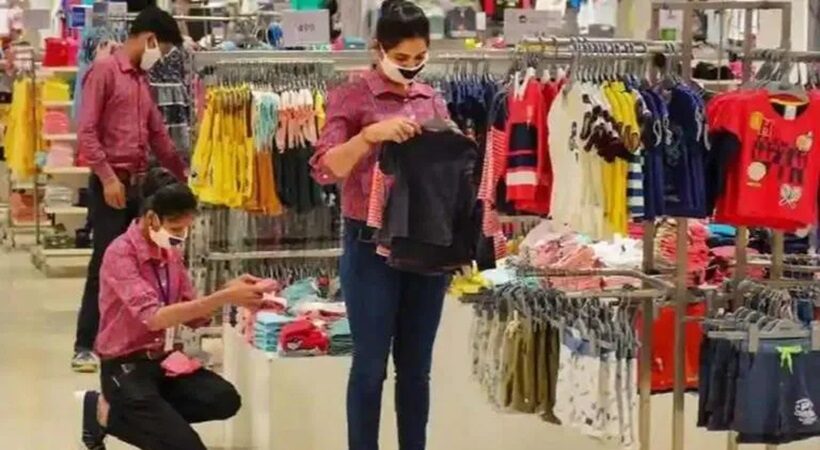In India, the Goods and Services Tax (GST) was launched on 1 July 2017, assuring a unified indirect taxation system for the entire nation. It traces its roots to 2000 when the Atal Bihari Vajpayee-led NDA government first proposed the introduction of the GST regime. The state finance ministers set up an Empowered Committee (EC) to create a framework for GST using their knowledge of State VAT.
It was implemented with the hope that it would eliminate the system of double taxation that was in place previously in India. In addition to simplifying the existing tax regime, GST is also designed to increase the government’s tax revenues.
Taxpayers power GST as it is levied on them by the state and federal governments and used as a primary source of revenue to run the state and federal government. In simple terms, GST money goes to the government to run the country.
In the New Year of 2022, the government will increase the GST (goods and services tax) on finished goods including apparel, footwear, and textiles from 5% to 12%. The hike was notified by India’s Central Board of Indirect Taxes and Customs (CBIC) on November 18. A notification has also lowered the GST rates for certain synthetic fibers and yarn from 18% to 12%, resulting in a uniform tax rate across the entire textiles sector while removing the aberrations caused by the inverted duty structure. Taxation of inputs is higher than taxation of the finished product, in which case the tax rate on inputs is higher.
Tax rates will be raised for fabrics to 12% from 5% from January 2022. The textile industry, including woven fabrics, synthetic yarn, pile fabrics, blankets, tents, tablecloths, serviettes, rugs and tapestries, has seen its rates increase from 5% to 12%, whereas footwear has seen its rates increase from 5% to 10%.
In its previous meeting on September 17, the GST Council, chaired by Union Finance Minister Nirmala Sitharaman and including state finance ministers, decided to correct inverted duty anomalies in the textile sector from January 1, 2022.
According to the Clothing Manufacturers Association of India (CMAI), the government’s decision to hike GST on apparel on January 1, 2022, is deeply disappointing. According to the industry group, the cost hike will have a significant impact as the industry faces inflationary pressure with raw materials, particularly yarn, packing materials, and freight, on the rise.
A decision on inverted duty structures was deferred last June since the Council was unable to agree on the timing of the rate rationalization during the pandemic. With revenues dropping below revenue-neutral levels, the GST Council will now be looking at a variety of measures, including rate rationalizations to correct the inverted duty structure and overhauling the rate structure.



















